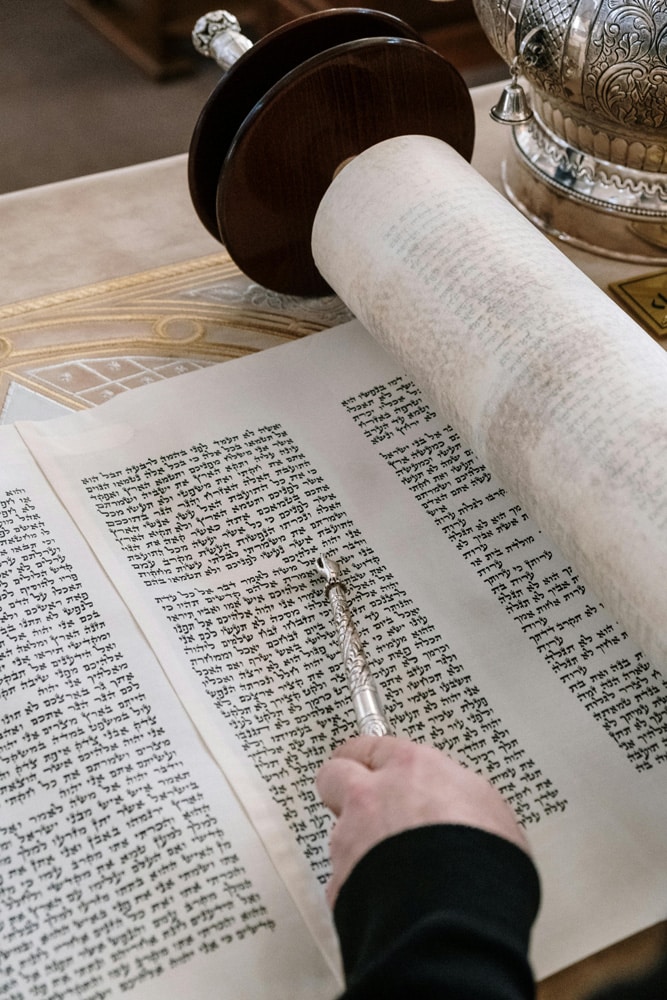
Translation from and into Hebrew
In a country like Israel, where immigrants from all over the world are coming both to visit and to reside in the holy land, translation has become very much in demand, since first of all they have to understand the Israeli culture and secondly they ever so often need to translate their documents which they have brought with them in order to provide them to Israeli institutes.
On the other hand, many Israelis have either businesses that deal with overseas companies, or study abroad, and therefore need to translate relevant documents, such as certificates, diplomas, contracts, trading documents, and many more materials. In view of this flourishing globalization, translation has become a necessity for almost everyone.
"Kol Tirgum Translators" is an Israeli-based professional translation agency, dealing with translation from and into 50 languages, when Hebrew and English being the most requested target languages in the country. Although Hebrew-English translations are the most popular ones but other languages, such as German, French, Spanish, Italian, Romanian and Russian are also in great demand.
In addition to translation into and from modern Hebrew, literary or business Hebrew, we translate also ancient Talmudic Hebrew handwriting, such as in a Ketubah (Jewish marriage contract) from various countries, Aramaic, and holy Biblical language.
Classical Hebrew. In its widest sense, Classical Hebrew means the spoken language of ancient Israel flourishing between the 10th century BCE and the turn of the 4th century CE. It comprises several evolving and overlapping dialects. The phases of Classical Hebrew are often named after important literary works associated with them.
Archaic Biblical Hebrew, from the 10th to the 6th century BCE, corresponding to the Monarchic Period until the Babylonian Exile and represented by certain texts in the Hebrew Bible (Tanach), notably the Song of Moses (Exodus 15) and the Song of Deborah (Judges 5).
Standard Biblical Hebrew, around the 8th to 6th centuries BCE, corresponding to the late Monarchic period and the Babylonian Exile. It is represented by the bulk of the Hebrew Bible that attains much of its present form around this time. Also called Biblical Hebrew, Early Biblical Hebrew, Classical Biblical Hebrew (or Classical Hebrew in the narrowest sense).
Late Biblical Hebrew, from the 5th to the 3rd centuries BCE, that corresponds to the Persian Period and is represented by certain texts in the Hebrew Bible, notably the books of Ezra and Nehemiah. Basically similar to Classical Biblical Hebrew, apart from a few foreign words adopted for mainly governmental terms, and some syntactical innovations such as the use of the particle shel (of, belonging to). It adopted the Imperial Aramaic script (from which the modern Hebrew script descends).
Israelian Hebrew, is a proposed northern dialect of biblical Hebrew, attested in all eras of the language, in some cases competing with late biblical Hebrew as an explanation for non-standard linguistic features of biblical texts.
Dead Sea Scroll Hebrew, from the 3rd century BCE to the 1st century CE, corresponding to the Hellenistic and Roman Periods before the destruction of the Temple in Jerusalem and represented by the Qumran Scrolls that form most (but not all) of the Dead Sea Scrolls. Commonly abbreviated as DSS Hebrew, also called Qumran Hebrew. The Imperial Aramaic script of the earlier scrolls in the 3rd century BCE evolved into the Hebrew square script of the later scrolls in the 1st century CE, also known as ketav Ashuri (Assyrian script), still in use today.
Mishnaic Hebrew, from the 1st to the 3rd or 4th century CE, corresponding to the Roman Period after the destruction of the Temple in Jerusalem and represented by the bulk of the Mishnah and Tosefta within the Talmud and by the Dead Sea Scrolls, notably the Bar Kokhba Letters and the Copper Scroll. Also called Tannaitic Hebrew or Early Rabbinic Hebrew.
Modern Hebrew. Standard Hebrew, as developed by Eliezer Ben-Yehuda, was based on Mishnaic spelling and Sephardi Hebrew pronunciation. However, the earliest speakers of Modern Hebrew had Yiddish as their native language, and often brought into Hebrew idioms and literal translations from Yiddish. The pronunciation of modern Israeli Hebrew is based mostly on the Sephardic Hebrew pronunciation. However, the language has adapted to Ashkenazi Hebrew phonology in some respects. Modern Hebrew is the primary official language of the State of Israel.

Hebrew Translations – We take care of all your special requirements professionally and quickly.
Call us on: +972-3-5702313 or
write to us: kol-tirgum@013.net.il